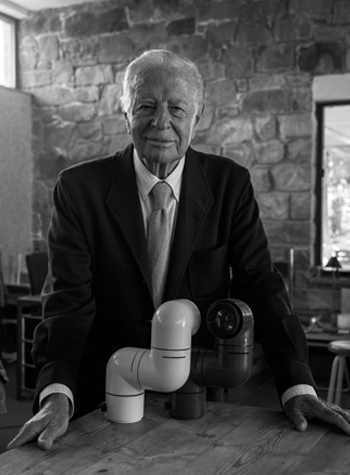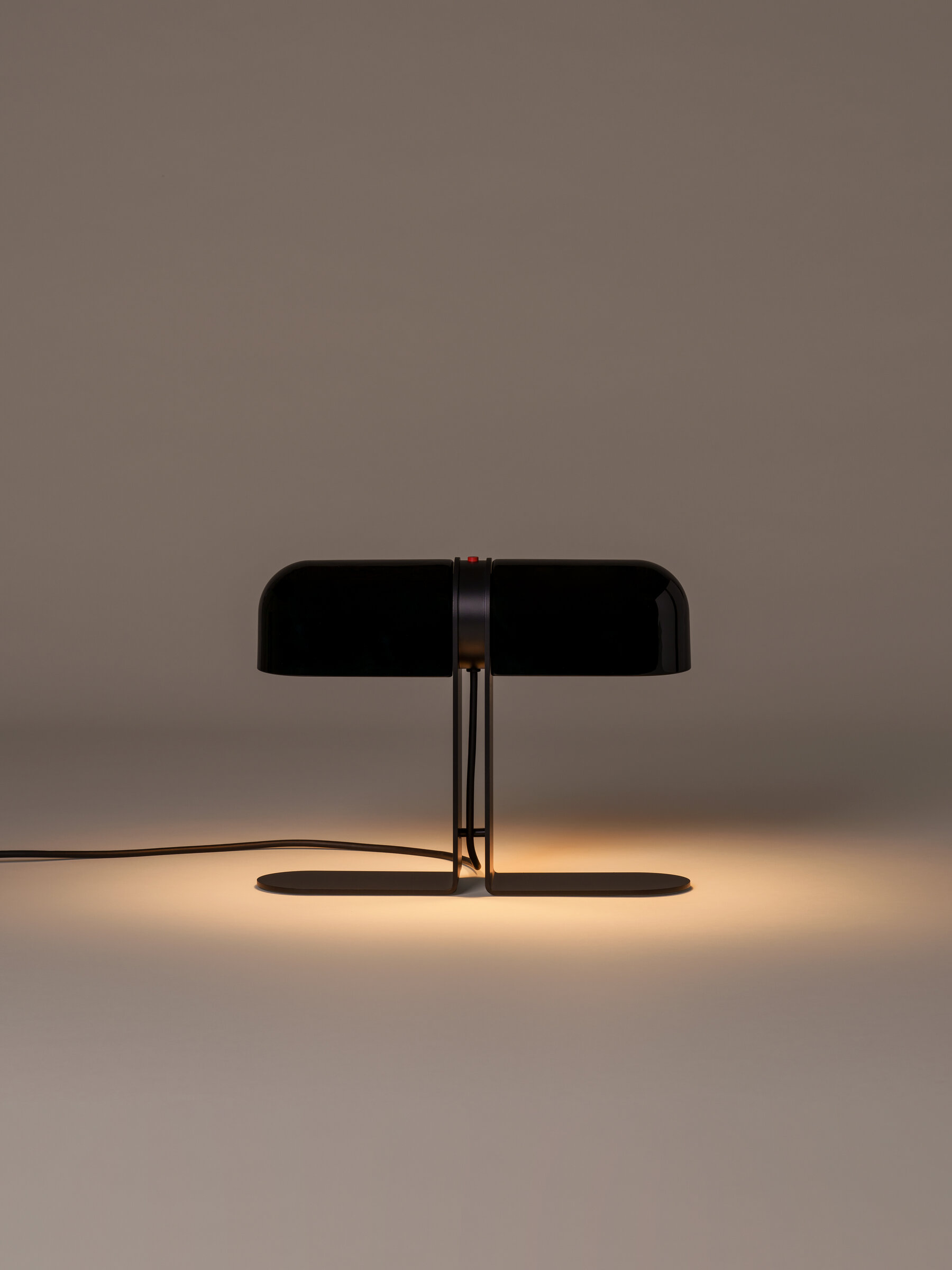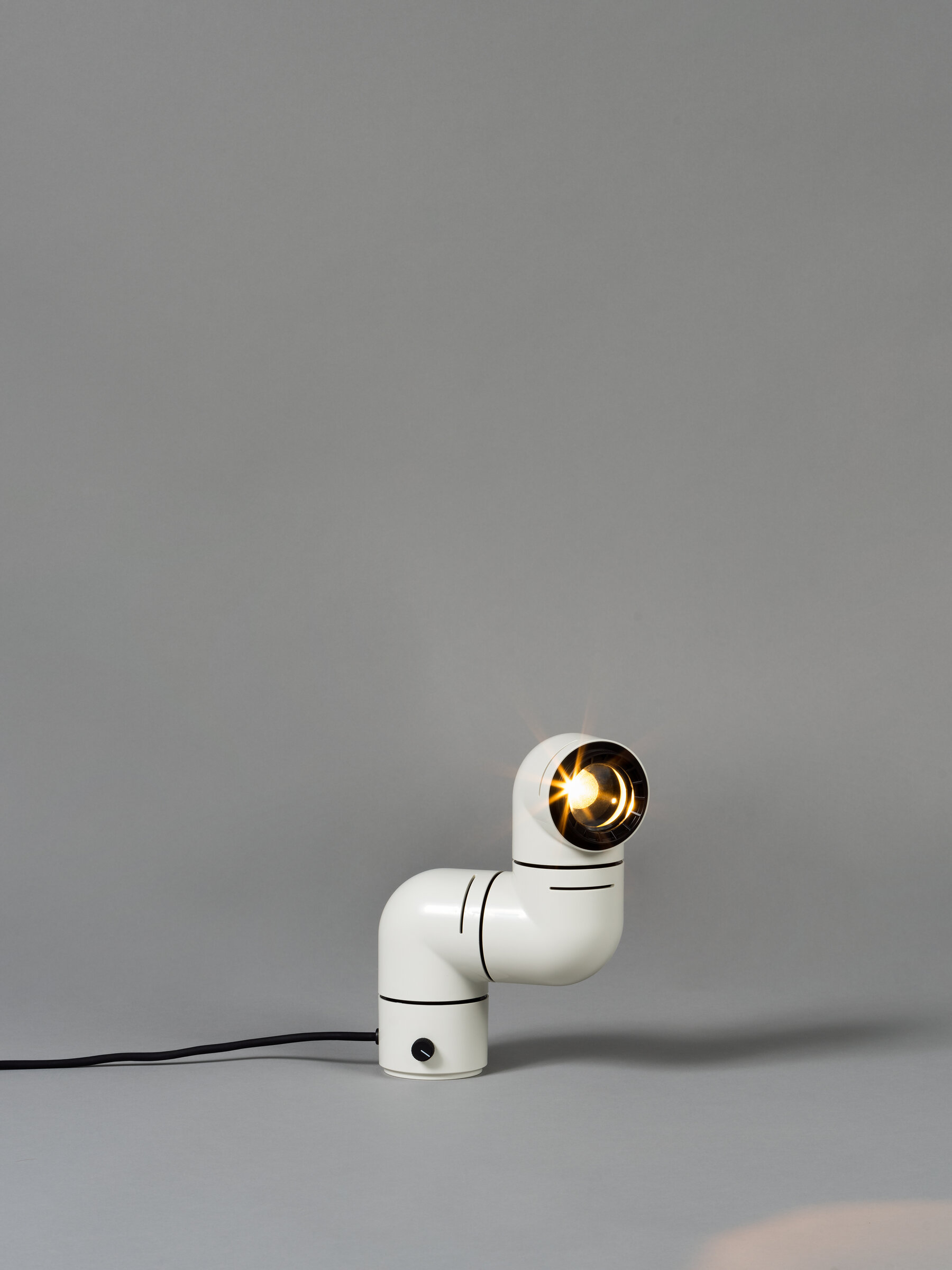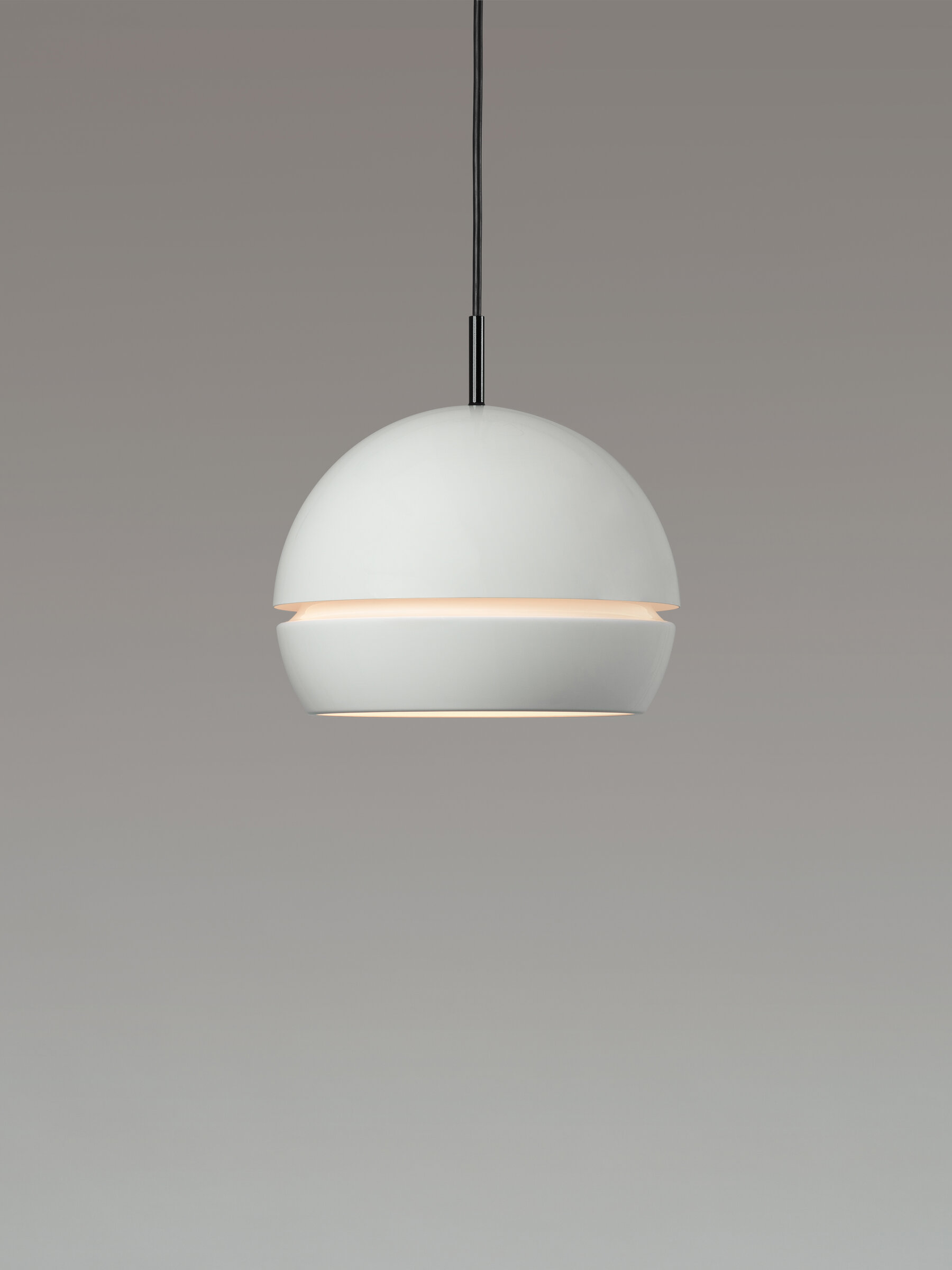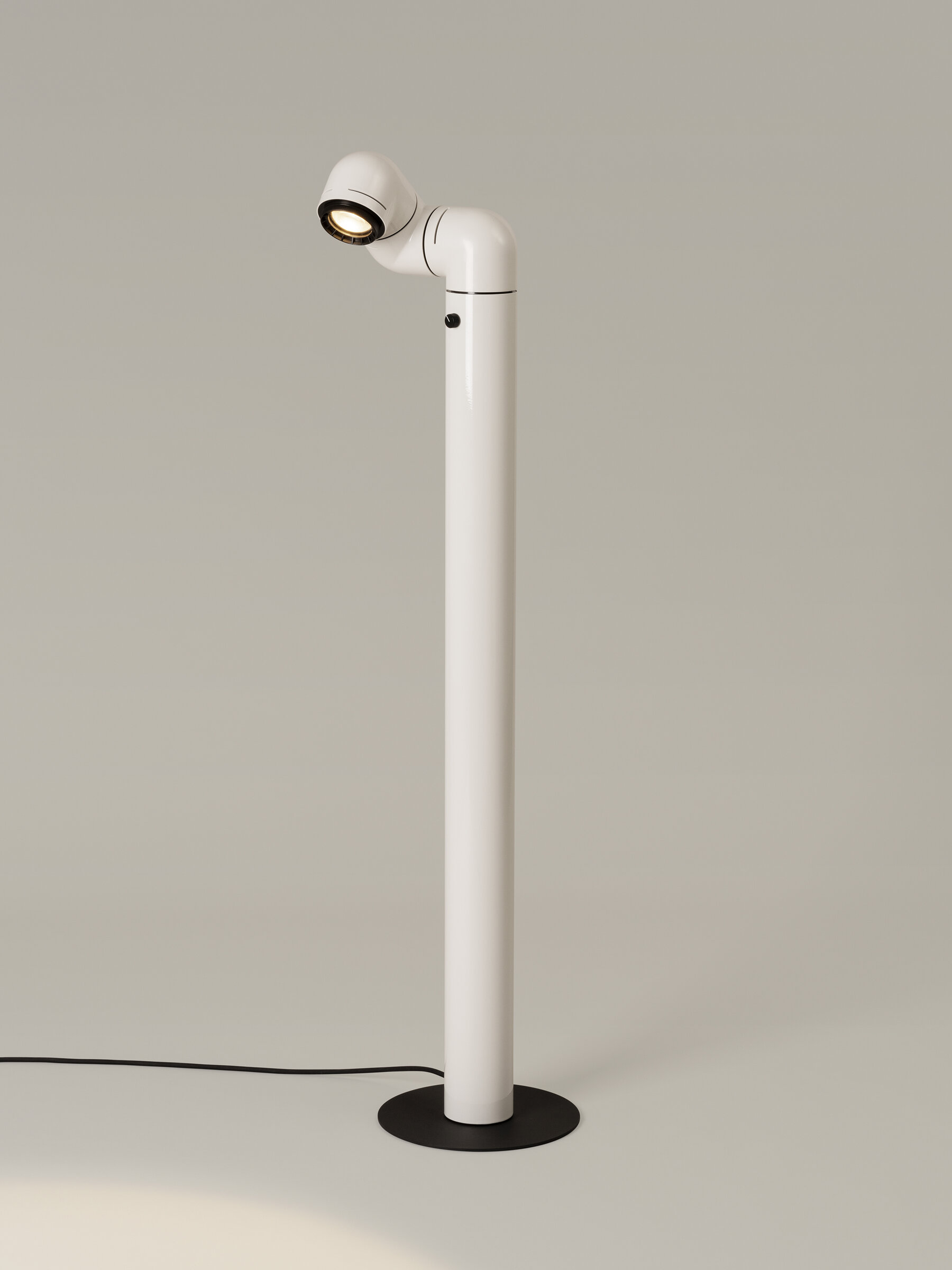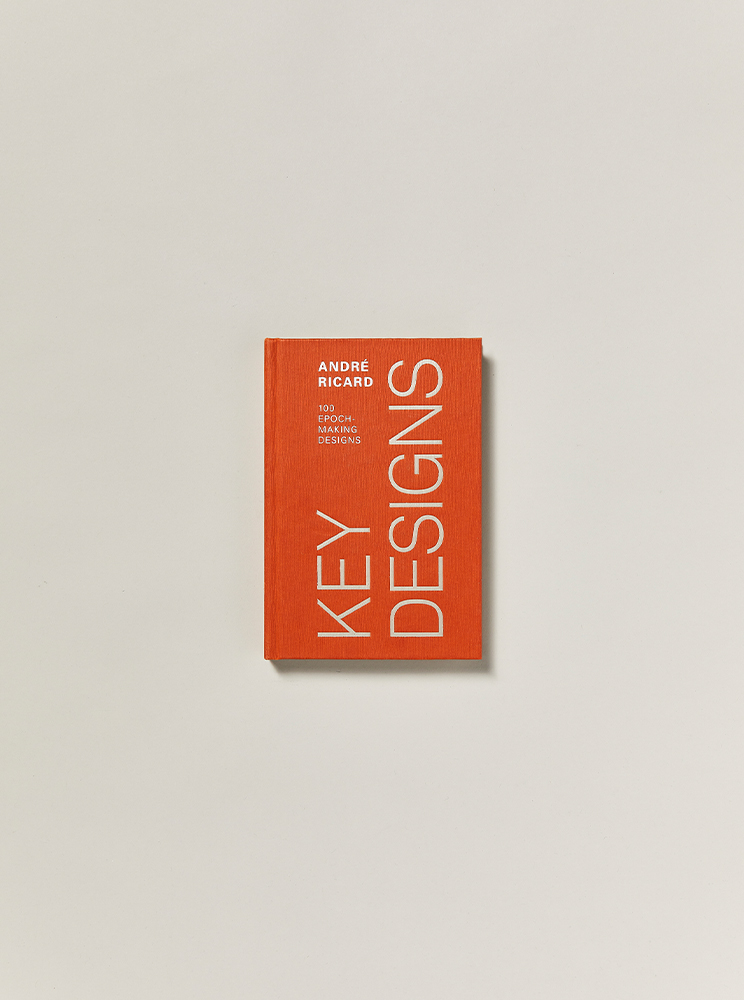André Ricard
Barcelona, 1929
The conversation of 20th century Spanish design undoubtedly involves talking about André Ricard. Born in Barcelona in 1929, the author has designed objects present in our day-to-day lives, turning them into symbols of Western culture.
André Ricard studied at the Academy of Warnia Zaraszescka, a Polish artist who taught him in the famous Bauhaus tradition. Inspired by what he learned from Zaraszescka, in 1963 he began a fruitful collaboration with Puig fragrances, designing the packaging for their perfumes. Making original designs for the renown Spanish perfume company...
The conversation of 20th century Spanish design undoubtedly involves talking about André Ricard. Born in Barcelona in 1929, the author has designed objects present in our day-to-day lives, turning them into symbols of Western culture.
André Ricard studied at the Academy of Warnia Zaraszescka, a Polish artist who taught him in the famous Bauhaus tradition. Inspired by what he learned from Zaraszescka, in 1963 he began a fruitful collaboration with Puig fragrances, designing the packaging for their perfumes. Making original designs for the renown Spanish perfume company led to his recognition in the world of design. Accordingly, in 1992, he was offered the opportunity to design the torch for the Olympic Games in Barcelona, which became one of the highlights of his career. He went on to design the Olympic Museum s cauldron (1993) in Lausanne, Switzerland and the Hockey World Cup (2001).
André Ricard has also produced distinguished work in the design of everyday objects such as the Copenhagen ashtray or the Menhir lighter, as well as lamps such as the Tatú or Fontana, edited by Santa & Cole. Behind each of these seemingly simple objects lies a deep and thoughtful process concerning functionality and practicality. In the words of Ricard: "To design is to afford the objects of our daily life the simplest and most sensible forms so that they can best fulfil the function for which they are intended."
Most of Ricard s designs are characterised by the use of natural materials that require special treatment through artisanal techniques. Ricard is a strong advocate of manual intervention in the production process of his designs. Craftsmanship, in the designer s eyes, is a way of maintaining traditions, the authenticity of things and, above all, it makes objects stand out.
André Ricard has also taught in Barcelona at various stages of his life, has often featured in the non-specialised press and is the author of several books reflecting on design. The author was founding president of ADI-FAD (Agrupación de Diseño del Fomento de Artes y Diseño), vice-president of International Council of the Societies of Industrial Design (ICSID) and an honorary member of Real Academia de Bellas Artes de San Jorge.
On the occasion of his 90th birthday, he designed the Petit Tatú lamp (1972) for Santa & Cole, a convenient wall lamp available in white and red.
